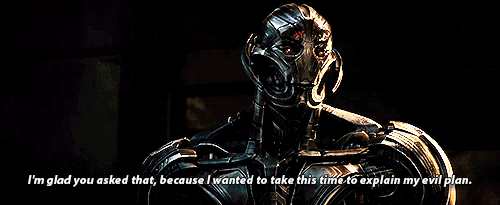Developing nations are both really lucky and unlucky with the internet. While they are able to take advantage of international assistance in leapfrogging previous technologies, they have to struggle with basic issues like electrification and education.
India acts as a wonderful case study. 96% of villages in India are electrified (although only 67% of households actually have access to power) as of October, 2015. This number has, of course, grown in the past year, and has led to a 34.8% penetration of the internet in India, a 30% increase YTD. Millions of middle class Indians have access to the internet.
On July 1st, 2015, Indian Prime Minister Narendra Modi unveiled Digital India – an initiative backed by major tech firms, both domestic and international, to bring India into the digital age, leapfrogging the analog technologies that Western nations were still transitioning out of straight into the internet age. This allowed PM Modi to tackle corruption and galvanize transparency. Good governance via good technologies.
One of the biggest and most innovative initiatives under the umbrella of Digital India was mygov.in. PM Modi uses this platform religiously to publicize government initiatives, post his bi-monthly radio addresses to the nation via SoundCloud, and request feedback and suggestions from every day citizens. The website hosts nationally recognized and valued referendums, though none with legal value, and has led to major reforms, including the recent banning of the ₹500 and ₹1000 notes, which was a suggestion from an average citizen. To increase transparency, the government also implemented attendance.gov.in, forcing 4.8 million public servants to biometrically identify when they arrived at work and when they left. This has had the effect of, at the very least, instilling fear in public servants, getting them to reduce absences.
Further digitization has been in pushing all government transactions online in an “Amazon-ification” of government purchases, including moving tenders and RFPs online. The entire system is moving towards transparency and clarity, with the PM advocating for a cashless society to tackle corruption even further.
The PM’s Office has also pushed the Aadhaar system, a giant online, biometric identification system for almost all Indians, that was first pushed by the previous government. This then leads to the big question of the century: is all of this digitization safe? With hundreds of millions of citizens’ information and biometric data online, a huge honey pot is just ripe for breaking into. So far, no large scale hack has been reported, but, with actors such as Pakistan and China in play, anything can happen. Ultimately, as always with software, the battle will be between efficiency and security.

